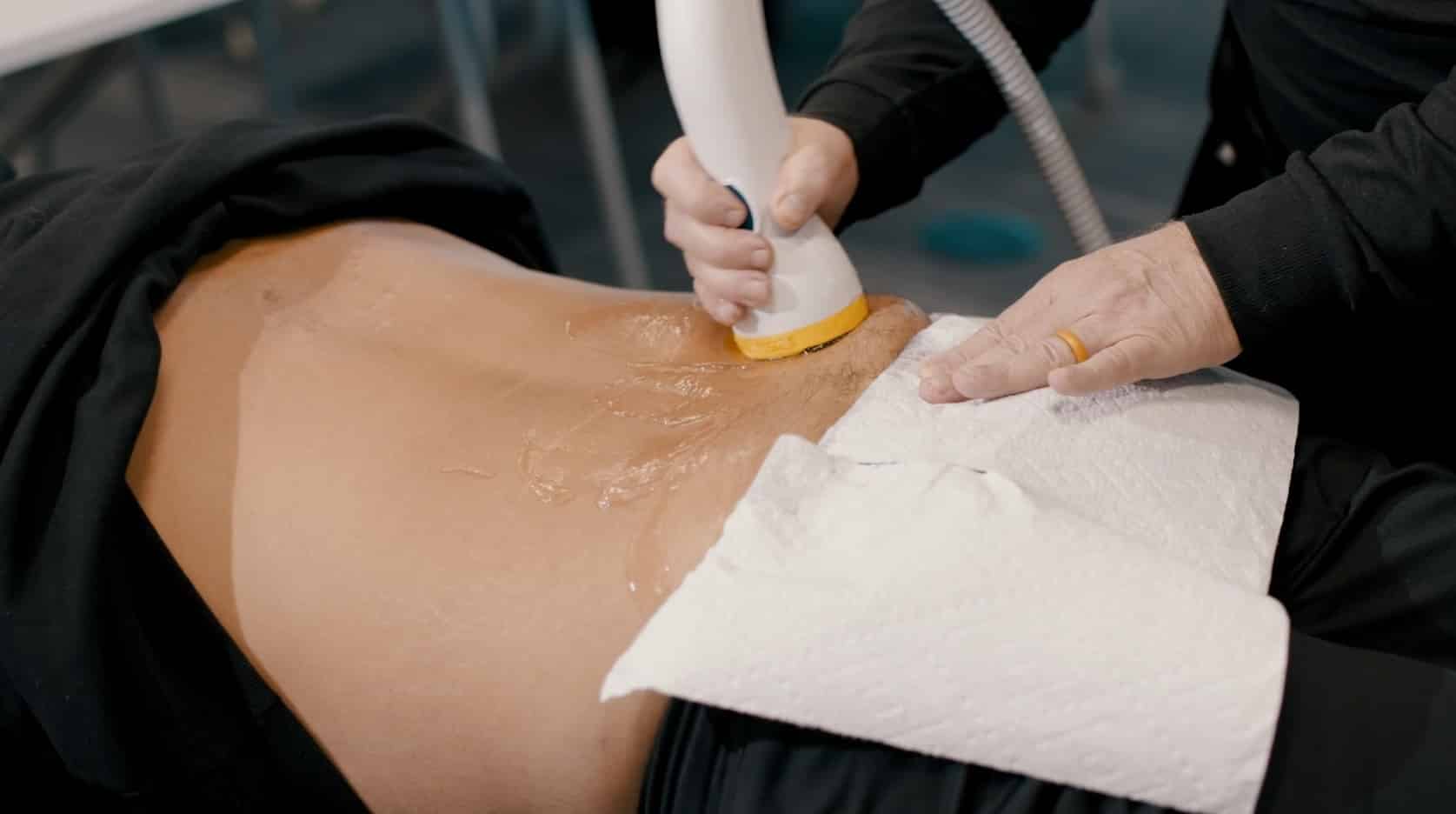
If you're dealing with chronic pain or recovering from an injury, you've likely encountered a wide array of treatment options—each with its own promises and pitfalls. One of the newer and increasingly popular non-invasive approaches is SoftWave therapy, a form of regenerative treatment that’s gaining attention for its effectiveness and minimal side effects.
SoftWave therapy uses acoustic wave technology to stimulate the body’s natural healing process. It’s particularly appealing to those who are seeking an alternative to medication, injections, or surgery. But how does it compare to more traditional pain treatments like physical therapy, prescription drugs, steroid injections, or even surgery?
This blog is designed to help you understand how SoftWave therapy stacks up against these established methods. Whether you're newly exploring your options or you're frustrated with your current pain management plan, understanding the differences, benefits, and limitations of each treatment type can help you make an informed decision.
SoftWave therapy is a non-invasive treatment that uses electrohydraulic acoustic waves to stimulate cellular activity and accelerate the body's natural healing processes. Unlike traditional ultrasound or laser therapies, SoftWave technology penetrates deep into tissues, improving blood flow, reducing inflammation, and activating stem cells in the affected area.
The treatment is performed using a handheld device that delivers low-intensity shock waves to targeted regions of the body. It’s typically used for musculoskeletal issues like tendonitis, joint pain, and soft tissue injuries, as well as for chronic pain conditions that haven’t responded well to other interventions.
Sessions are short, generally lasting between 10 to 20 minutes, and there is minimal to no downtime afterward. Patients often report feeling relief within a few sessions, though multiple treatments are usually recommended for optimal results.
What sets SoftWave therapy apart is its regenerative focus. While traditional pain management often centers on symptom relief, SoftWave aims to resolve the underlying issue by jumpstarting the healing process at the cellular level. This makes it especially attractive to individuals who want to avoid long-term medication use or invasive procedures.
SoftWave therapy offers a number of distinct advantages compared to more conventional pain treatments. One of the biggest benefits is that it addresses the root cause of pain rather than merely masking symptoms. This makes it a strong option for those seeking a longer-term solution.
Unlike pain medications that carry risks of dependency or side effects, SoftWave therapy has a very low risk profile. It’s also non-invasive, which means there’s no need for incisions, anesthesia, or recovery time—unlike surgical interventions. Additionally, most patients experience significant improvements in pain and mobility without the need for extended physical therapy regimens.
SoftWave therapy also stands out for its versatility. It can be used on various conditions—from sports injuries and plantar fasciitis to chronic joint pain and neuropathy. For many patients, it becomes a viable alternative when other treatments have failed to deliver results.
Another compelling benefit is the speed at which relief can be felt. Many people notice improvement within just a few sessions, making it a faster-acting option than some traditional therapies that require weeks or months to take effect.
Physical therapy and SoftWave therapy both aim to reduce pain and restore function, but they do so through very different mechanisms. Physical therapy relies heavily on guided exercise, manual manipulation, and movement retraining to strengthen the body and improve range of motion. It’s often a foundational treatment for rehabilitation after surgery or injury.
SoftWave therapy, on the other hand, uses sound waves to stimulate healing at the cellular level. It doesn’t require any physical exertion from the patient and can be especially helpful for individuals who are unable to participate fully in physical therapy due to pain or mobility limitations.
That said, these two treatments aren’t mutually exclusive. In fact, they can be highly complementary. SoftWave can reduce inflammation and pain, making it easier for patients to participate in physical therapy more effectively. Conversely, physical therapy can help maintain and extend the improvements achieved with SoftWave.
The main distinction is that while physical therapy is often a long-term commitment requiring consistent effort, SoftWave therapy is more passive and often delivers quicker relief. Depending on your condition and lifestyle, one may suit your needs better—or combining both might provide the best outcomes.
Pain medications, especially opioids and NSAIDs, are commonly used for managing both acute and chronic pain. While they can provide quick relief, they do not address the underlying cause of the pain. Over time, dependence on these medications can lead to complications, including tolerance, side effects, or addiction.
SoftWave therapy presents a fundamentally different approach. Rather than temporarily dulling pain signals, it works to enhance the body’s own ability to repair damaged tissues. It does this by increasing blood circulation, stimulating the immune response, and activating local stem cells.
This makes SoftWave particularly valuable for people who want to move away from pharmaceutical solutions, especially if they’re concerned about long-term health implications or diminishing effectiveness. It’s also suitable for patients who can’t tolerate medication due to allergies, gastrointestinal issues, or other contraindications.
In summary, while pain medications may offer short-term symptom relief, SoftWave therapy provides a proactive, regenerative solution that supports long-term healing without chemical intervention.
In many cases, yes. SoftWave therapy has emerged as a compelling alternative for individuals seeking to avoid surgery. It’s especially relevant for those with chronic pain, degenerative joint conditions, or soft tissue injuries who haven’t responded well to other treatments.
Here are several reasons why patients might choose SoftWave therapy over surgery:
However, it’s important to note that not all conditions are suitable for SoftWave therapy alone. In some cases, surgery may still be necessary. A thorough evaluation by a medical professional can help determine the best course of action based on your specific diagnosis and overall health.
Like any medical procedure, SoftWave therapy isn’t entirely without risk—but its side effects are generally mild and short-lived, especially when compared to traditional treatments.
Common side effects of SoftWave therapy may include:
In contrast, traditional pain treatments may involve risks such as:
SoftWave therapy’s non-invasive nature makes it a safer option for many people, especially those with existing health conditions that complicate other treatments. Always consult with a healthcare provider to assess the risks and benefits based on your individual circumstances.
Ready to experience lasting pain relief without surgery or medication? Discover how SoftWave therapy at Mountain Valley Family Chiropractic can help you reclaim your comfort and mobility. Located in Fort Collins, Colorado, our clinic is led by Dr. Ronil Pala, D.C., who specializes in non-invasive, regenerative treatments tailored to your unique needs. Schedule your consultation today and take the first step toward a pain-free life!
